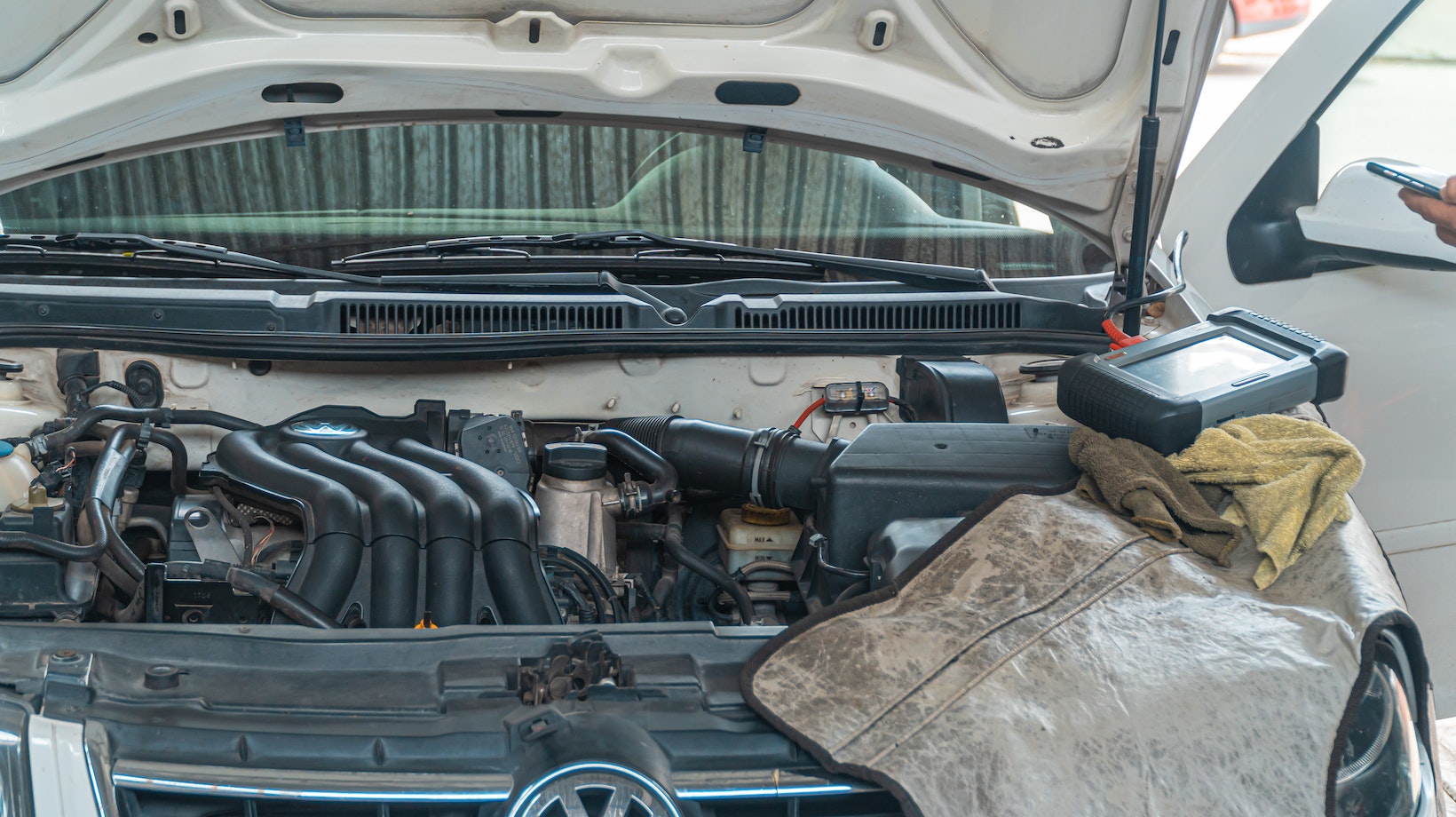If you’re facing issues with your car’s water pump, it’s important to address the problem promptly to avoid further damage and costly repairs. The water pump plays a crucial role in maintaining the proper circulation of coolant throughout the engine, preventing overheating and ensuring optimal performance. In this article, we’ll explore common signs of a faulty water pump and discuss the steps involved in repairing it.
Signs of a Faulty Water Pump
When it comes to your car’s water pump, detecting any signs of malfunction early on can save you from potential headaches down the road. Here are some key indicators that may suggest you’re dealing with a faulty water pump:
- Overheating Engine: If you notice your engine temperature gauge consistently creeping into the red zone or if steam starts billowing out from under the hood, it could be a sign of a failing water pump. A malfunctioning pump can result in inadequate cooling, leading to overheating.
- Coolant Leaks: Keep an eye out for any puddles or stains beneath your car after it has been parked for a while. Coolant leaks can disrupt the proper functioning of the pump and compromise its ability to circulate coolant effectively.
- Whining or Grinding Noises: Unusual noises coming from your engine compartment, such as high-pitched whining or grinding sounds, should not be ignored. These noises could be indicative of worn-out bearings within the water pump assembly.
- Engine Misfires or Stalling: The lack of proper coolant circulation can result in elevated engine temperatures, affecting combustion efficiency and causing these symptoms.
- Visible Damage or Rust: Physical damage may impede its functionality and require immediate attention.
If you encounter one or more of these warning signs, it’s crucial to have your car inspected by a qualified mechanic who specializes in water pump car repairs.

Water Pump Car Repair
By staying vigilant and addressing water pump issues promptly, you can avoid more extensive damage to your car’s engine and ensure smooth, worry-free driving. Replacing a car’s water pump is an important task that requires some mechanical know-how. Here’s a step-by-step guide to help you with the process.
- Gather the necessary tools and materials: New water pump; gasket or sealant; socket set; screwdrivers; pliers; coolant
- Prepare your car: Ensure that the engine is cool and parked on a level surface. Disconnect the negative terminal of the battery to prevent any electrical mishaps.
- Drain the coolant: Locate the drain plug on the radiator and place a container beneath it to catch the coolant. Open the drain plug and allow all of the coolant to drain out.
- Remove any components obstructing access to the water pump: Depending on your car model, you may need to remove belts, hoses, or other parts that are in your way.
- Disconnect and remove the old water pump: Carefully disconnect all hoses attached to the water pump, ensuring not to damage them in the process.Use appropriate tools like sockets or screwdrivers to remove any bolts holding the water pump in place.
- Clean and prepare for installation: Thoroughly clean any remnants of gasket material from both surfaces where the new water pump will be installed. Apply a thin layer of gasket sealant (if required) onto one side of your new gasket.
- Install new water pump:Position your new water pump onto its mounting location carefully aligning bolt holes with those on engine block/pump housing; Tighten bolts securely but not excessively using appropriate socket sizes; Reconnect all hoses removed earlier making sure they are properly secured; Replace any belts or components that were taken off during disassembly.
- Refill the coolant:Pour the appropriate amount of coolant into the radiator, following your car manufacturer’s instructions.Start the engine and let it run for a few minutes while monitoring the temperature gauge.Check for any leaks around the water pump area.
- Reconnect the battery:Once you are confident that everything is in order, reconnect the negative terminal of the battery.
Remember, if you’re unsure about any step or encounter difficulties during this process, it’s always best to consult a professional mechanic or refer to your car’s specific repair manual.








































